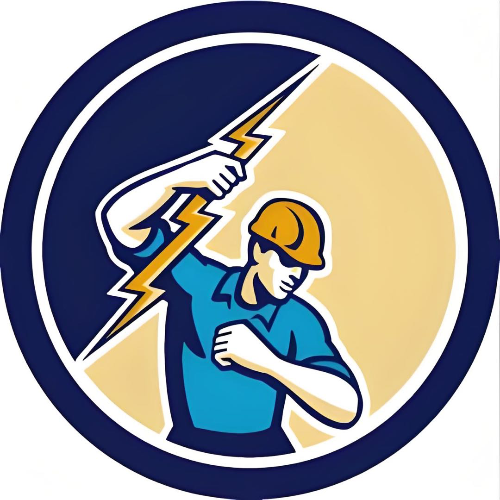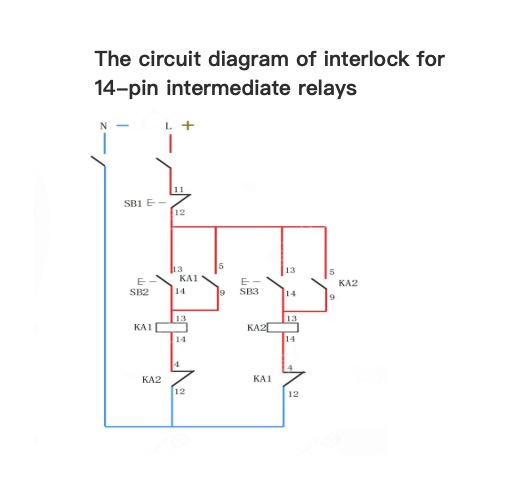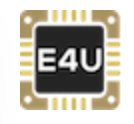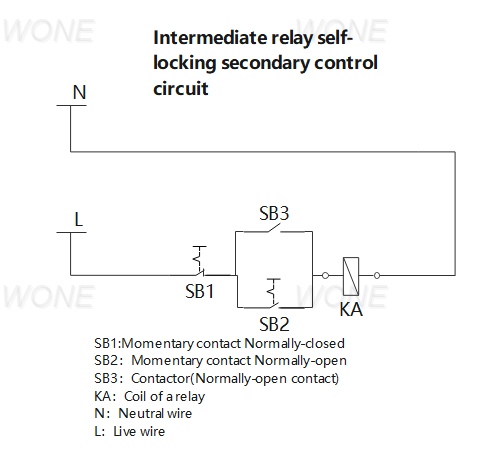
Intermediate relay self-locking secondary control circuit
Intermediate relay self-locking secondary control circuit
Master Electrician
07/09/2024
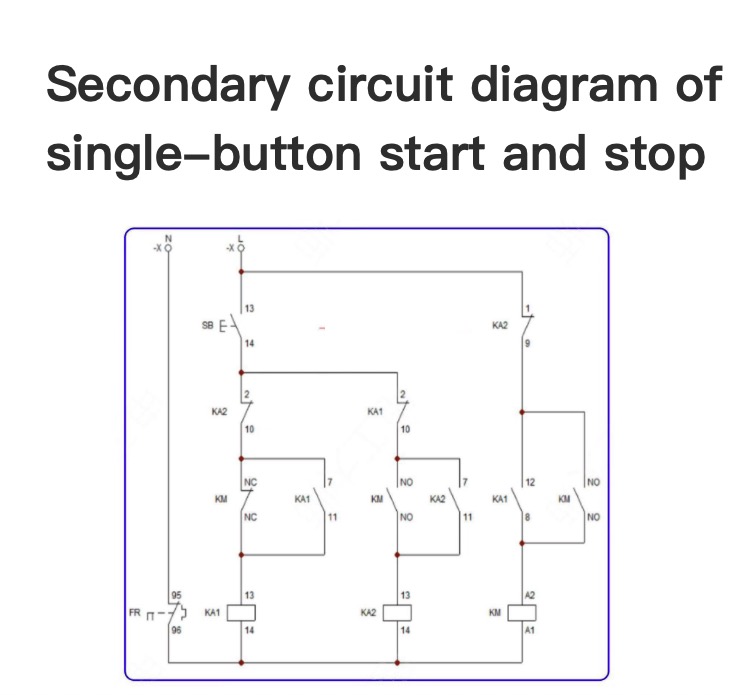
Secondary circuit diagram of single-button start and stop
Secondary circuit diagram of single-button start and stopPhysical wiring diagramCircuit diagramWorking Principle:1. Close QF to connect the power supply. Press SB, and the relay KA1 is energized and pulled in. The normally open contact of KA1 is closed, the coil of the AC contactor KM is energized, KM is pulled in and self-locked. The motor operates.2. The normally open contact of KM is closed, and the normally closed contact is disconnected. At this time, the coil of the relay KA2 cannot be ene
Master Electrician
07/05/2024
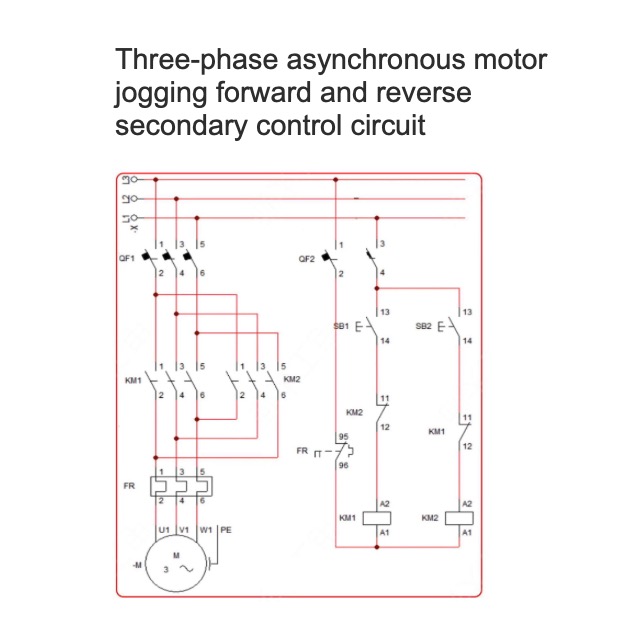
Three-phase asynchronous motor jogging forward and reverse secondary control circuit
Three-phase asynchronous motor jogging forward and reverse secondary control circuitPhysical wiring diagramCircuit diagramWorking Principle:After closing the circuit breaker QF to connect the power supply, when the SB1 start button is pressed, the current passes through the normally closed point of KM2 to supply power to the KM1 coil, causing the main contact of KM1 to close and the motor to run forward. Once the SB1 button is released, the motor stops immediately.During the forward rotation of
Master Electrician
07/03/2024
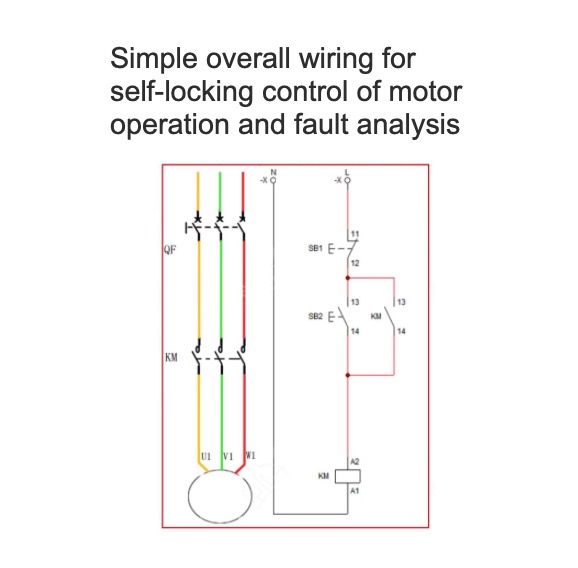
Simple overall wiring for self-locking control of motor operation and fault analysis
Simple overall wiring for self-locking control of motor operation and fault analysisPhysical wiring diagramCircuit diagramWorking Principle and Fault Analysis:1. Close QF1 and QF2 to conduct the power supply. Press the jog button SB2. The AC contactor KM coil gets electricity. The main contact closes and the auxiliary contact closes to conduct the power supply. The KM self-locking three-phase asynchronous motor starts to run.2. Release the SB1 button. The AC contactor coil loses electricity. The
Master Electrician
07/03/2024
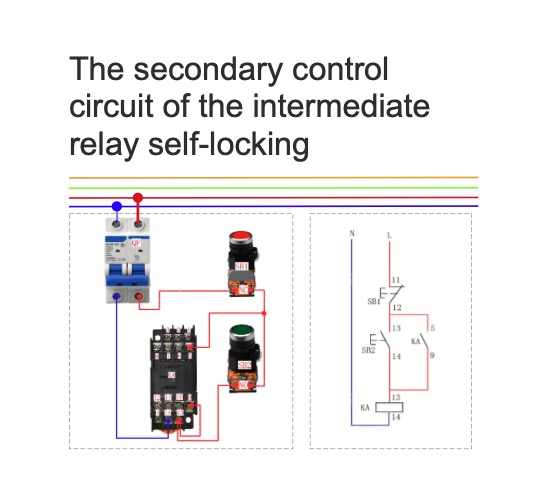
The secondary control circuit of the intermediate relay self-locking
The secondary control circuit of the intermediate relay self-locking1、Physical wiring diagram&Circuit diagram2、Operation principle Close QF to connect the power supply. Press the start button SB2, the coil of the intermediate relay gets electricity. The normally open contact 9-5 is closed to conduct the power supply. The intermediate relay is self-locked and the load starts to operate. Press the stop button SB1, the coil of the intermediate relay loses electricity. The normally open contact
Master Electrician
07/03/2024
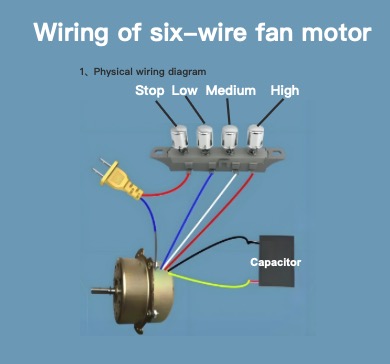
Wiring of six-wire fan motor
How to wire a six-wire motor?
Master Electrician
07/02/2024
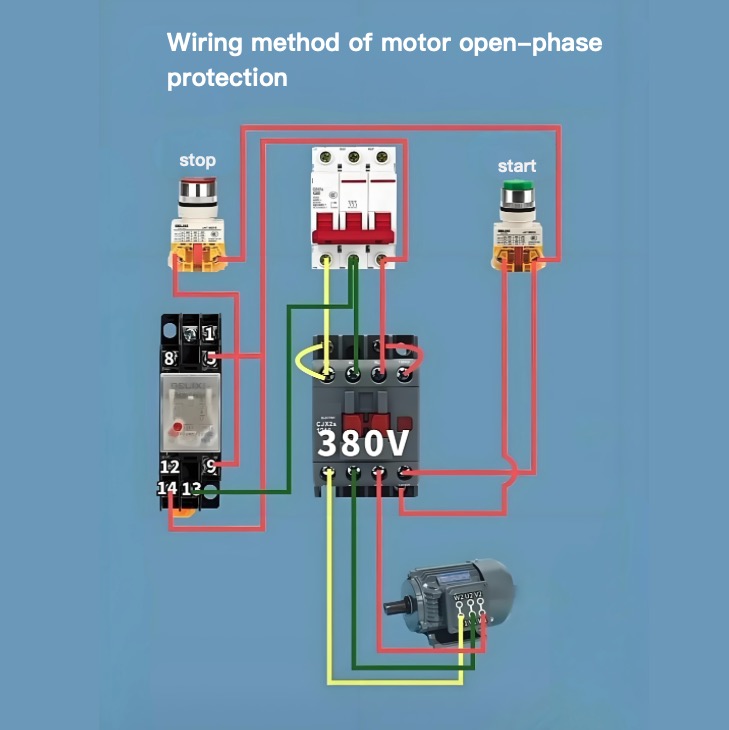
Wiring method of motor open-phase protection
Wiring method of motor open-phase protection
Master Electrician
07/02/2024
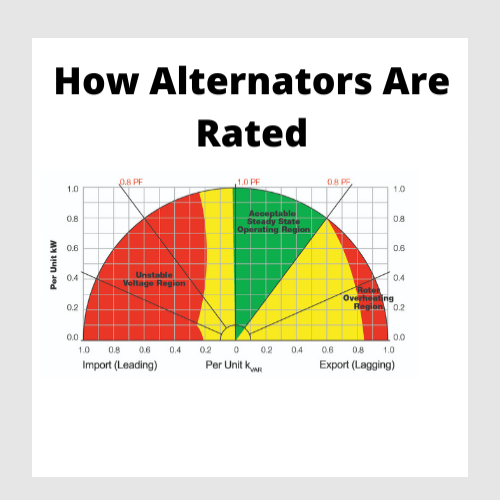
Rating of Alternator
Power rating of an alternator is defined as the power which can be delivered by an alternator safely and efficiently under some specific conditions. Increasing load increases losses in the alternator, which leads to a temperature rise of the machine. The conductor and insulator parts of the machine have some specific overheating withstand limits. The manufacturer so specifies the power rating of an alternator that at that maximum load the temperature rise of different parts of the machine does n
Electrical4u
05/07/2024
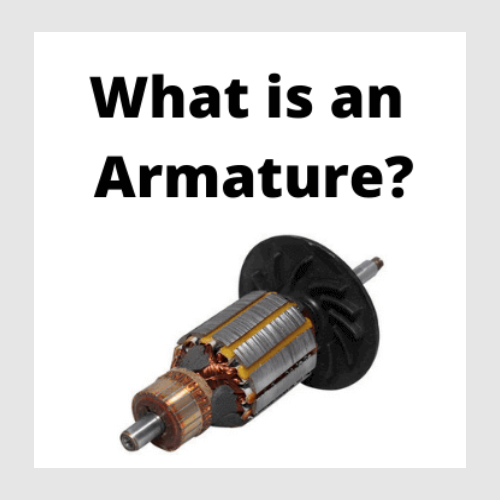
Armature: Definition, Function And Parts
What is an Armature?An armature is the component of an electric machine (i.e., a motor or generator) that carries alternating current (AC). The armature conducts AC even on DC (Direct Current) machines via the commutator (which periodically reverses current direction) or due to electronic commutation (e.g., in a brushless DC motor).The armature provides housing and support to the armature winding, which interacts with the magnetic field formed in the air gap between the stator and the rotor. The
Electrical4u
05/07/2024
